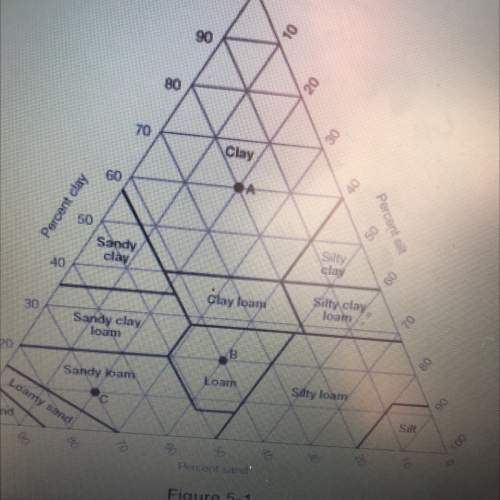
Biology, 24.10.2019 17:43 tayfaulk123
In the 1600's, robert hooke, and english scientist, used a crude microscope to examine bits of cork. cork is derived from the bark layer of certain trees. upon seeing the cork under the microscope, hooke named the spaces within the cork 'cells', because they looked like empty rooms of a monastery. although he coined the term cell, an ironic feature of cork is that it is dead plant material. knowing this, what feature of cells would robert hooke not have been able to observe under the microscope while looking at cork?

Answers: 3


Another question on Biology

Biology, 21.06.2019 17:30
Look at the picture below . what does this picture represent ?
Answers: 1

Biology, 22.06.2019 10:00
Veins have a much lower blood pressure than arteries. which of these prevents backflow of blood in veins? a. pressure applied by the heart b. one–way valves in veins c. thin muscular walls of veins
Answers: 2

Biology, 22.06.2019 10:30
The greenhouse effect a. something that has occurred for millions of years b. an unnatural phenomenon caused by humans that maintains earths temperature range. c. the results of the differences in the angle of the suns rays d. an unnatural phenomenon that causes heat energy to be radiated back into the atmosphere
Answers: 1

Biology, 22.06.2019 19:30
Acarotenoid is a yellow-orange pigment that absorbs light. infrared blue-green yellow-orange ultraviolet
Answers: 2
You know the right answer?
In the 1600's, robert hooke, and english scientist, used a crude microscope to examine bits of cork....
Questions

Spanish, 30.07.2021 01:50



Mathematics, 30.07.2021 01:50


Social Studies, 30.07.2021 01:50



Mathematics, 30.07.2021 01:50






Social Studies, 30.07.2021 01:50








